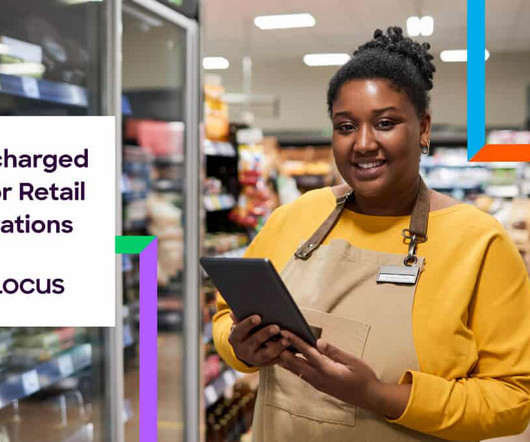7 Ways Retailers Can Reduce Delivery Costs
Locus
MARCH 27, 2024
Read Also: The History, Evolution and Future of Reverse Logistics 2. By leveraging data on real-time traffic, driver schedules, delivery priorities, and vehicle capacities, retail businesses can carve out the most efficient paths for their fleets. Read Also: The Definitive Guide to Logistics Route Optimization 4.













Let's personalize your content